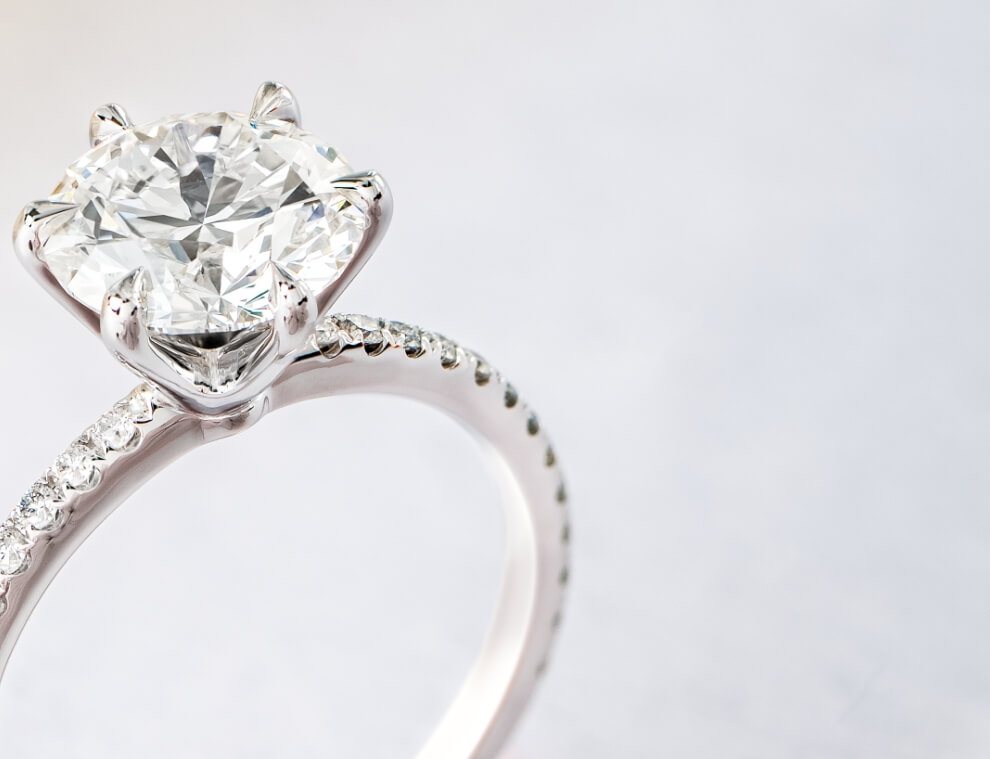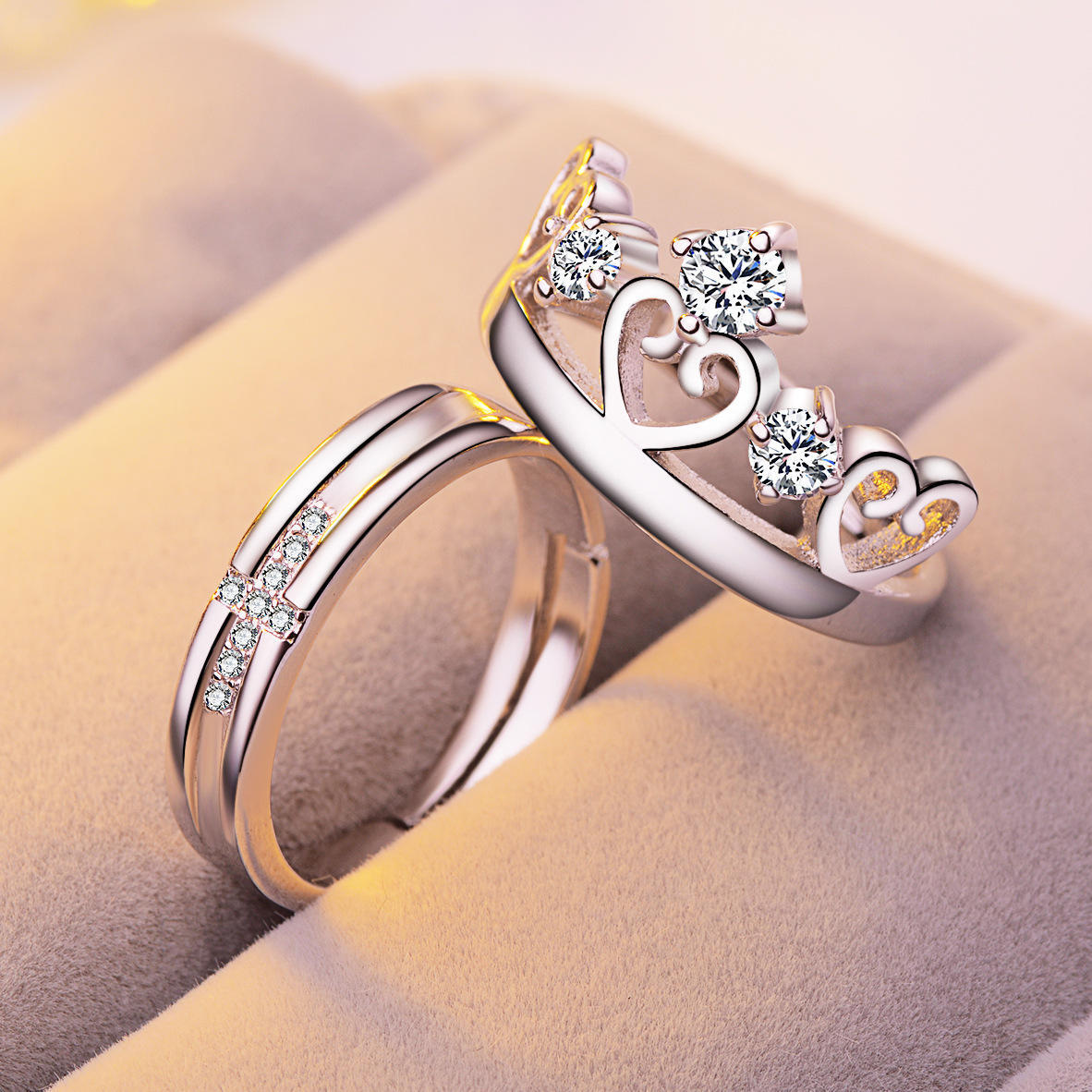Diamonds are often regarded as symbols of wealth and status, captivating hearts and minds for centuries. Their aesthetic appeal and intrinsic value make them sought-after gemstones, yet the value of a diamond is not merely determined by its size or visual charm. In this article, we will explore the essential factors that contribute to a diamond’s worth, with a special focus on the different diamond cut types.
The Four Cs: Key Determinants of Diamond Value
To truly understand was macht einen diamanten wertvoll, we must delve into the Four Cs: Cut, Color, Clarity, and Carat weight. These characteristics are crucial in determining the overall quality and desirability of a diamond.
Cut: The Heart of a Diamond’s Brilliance
The cut of a diamond is arguably the most significant factor in assessing its beauty and brilliance. It refers to how well a diamond has been shaped and faceted. The quality of the cut impacts how light interacts with the diamond, ultimately influencing its sparkle and overall appeal.
There are several popular diamond cuts, including the Round Cut, the most sought-after shape, known for its brilliance; the Princess Cut, a modern square shape with sharp corners that exudes a contemporary look; the Emerald Cut, a rectangular cut with stepped facets, valued for its elegance and clarity; the Asscher Cut, which resembles the emerald cut but features a more pronounced pavilion, offering a vintage appeal; and the Cushion Cut, a hybrid between square and rectangular, known for its romantic appearance.
Each cut type has unique attributes that can enhance or diminish a diamond’s beauty. For instance, the Round Cut is celebrated for its ability to reflect light and create a dazzling display, while the Emerald Cut emphasizes clarity and color, making it a favorite among those who appreciate a more understated elegance.
Color: The Subtle Spectrum of Diamonds
Diamonds are available in a range of colors, from colorless to shades of yellow and brown. The color grade of a diamond significantly impacts its value, with colorless diamonds typically fetching the highest prices.
Diamonds are graded on a scale from D (colorless) to Z (light yellow or brown). The closer a diamond is to the colorless end of the spectrum, the more valuable it is. Beyond the standard grading scale, diamonds can also be found in various hues, such as blue, pink, and green. These fancy colored diamonds are graded differently, and their value can be significantly higher than that of traditional diamonds.
Understanding the nuances of diamond color allows consumers to make informed choices, ensuring they select a gemstone that meets their aesthetic preferences and budget.
Clarity: The Invisible Factors of Value
Clarity refers to the presence of internal or external imperfections, known as inclusions and blemishes. A diamond with higher clarity will be more valuable due to its rarity and visual appeal.
Diamonds are graded on a scale ranging from Flawless (FL) to Included (I). Flawless diamonds are those with no inclusions visible under 10x magnification, while Included diamonds show noticeable imperfections that can affect their beauty. Clarity plays a crucial role in determining how light travels through the diamond and how it reflects, ultimately affecting its brilliance.
The importance of clarity cannot be understated; a diamond with minimal inclusions not only looks more beautiful but also stands as a testament to its natural perfection. Consequently, consumers often seek clarity grades of VS1 (Very Slightly Included) or higher for a balance of quality and price.
Carat Weight: The Size Factor
While the Four Cs encompass various aspects of diamond quality, carat weight specifically measures a diamond’s size. One carat is equivalent to 200 milligrams, and as carat weight increases, so does the diamond’s value, often exponentially.
However, carat weight alone does not determine a diamond’s worth. Two diamonds of equal carat weight can have vastly different values based on their cut, color, and clarity. Buyers often gravitate toward diamonds that weigh just below common carat weights, such as 0.90 carats instead of a full one carat, as they tend to be priced lower while still appearing nearly identical to the naked eye.
The Impact of Market Demand and Trends
Market demand also plays a pivotal role in determining diamond value. Trends in jewelry styles can shift consumer preferences, affecting the popularity of specific diamond cuts and colors. For example, vintage-style jewelry has led to a resurgence in demand for Old European Cuts and Antique Cuts, which were popular in previous centuries.
Furthermore, the increasing popularity of ethical diamonds, including lab-grown alternatives, has influenced consumer choices. Buyers are now more conscious about the origins of their diamonds, and this shift can impact traditional diamond prices. Understanding these trends helps consumers make educated decisions about their purchases.
Investment Potential: Diamonds as an Asset
Investing in diamonds has gained traction among collectors and investors alike. High-quality diamantenschliff arten, particularly those that are rare in color and clarity, can appreciate in value over time. This potential for capital appreciation has led many to view diamonds not merely as jewelry but as a form of investment.
Before investing, however, it’s essential to consult with experts in the field. Certified appraisals and reputable dealers can provide insights into the diamond market, helping investors identify stones with the best potential for value growth.
Conclusion: The Complex Beauty of Diamonds
Understanding what makes a diamond valuable extends beyond mere aesthetics. The intricate interplay of the Four Cs—cut, color, clarity, and carat weight—forms the foundation of a diamond’s worth. Additionally, market trends and investment potential shape the overall perception and desirability of these exquisite gemstones.





